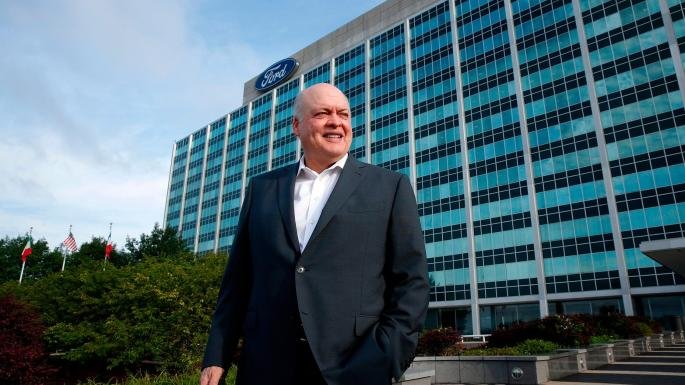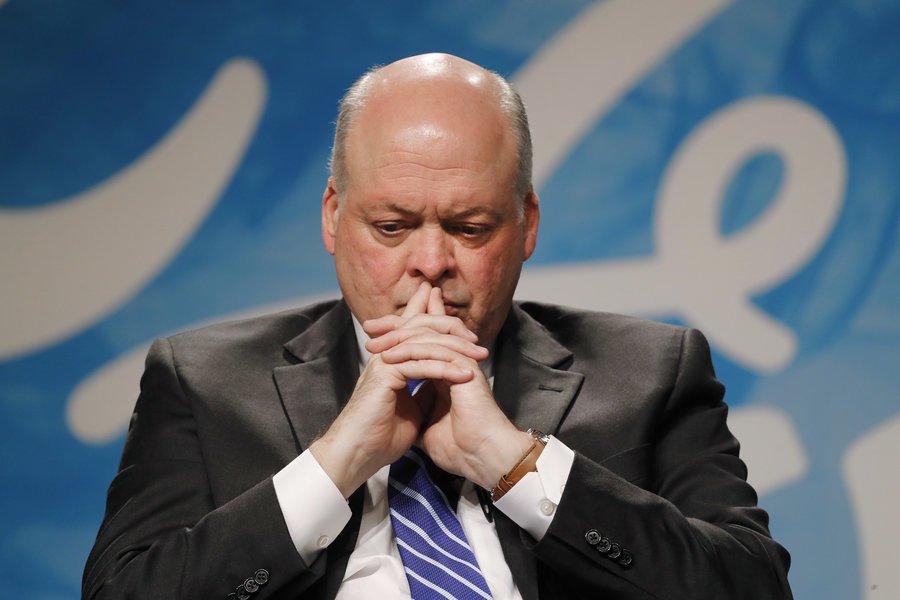Ford Motor Company announced on Friday that it planning to move away from white-collar jobs. The auto company said that it is cutting its salaried workforce in order to increase efficiency in the company and flatten operations.

Ford Motor Company is the biggest employer in the U.S. auto industry with over 85,000 employees on home grounds and an additional 201,000 around the globe
Reducing Salaried Workforce
Ford Motor Company is the biggest employer in the U.S. auto industry with over 85,000 employees on home grounds and an additional 201,000 around the globe, of which 70,000 are estimated to be on regular paychecks.
During an interview with the Detroit Free Press, Ford’s global communications VP, Mark Truby, said that the company is reorganizing the salaried workforce in regions including North and South America, Europe and Asia. It’s difficult to gauge how the company redesign will impact the jobs until Ford digs a little deeper into the process.
The automaker sent out an email to its salaried workforce on Thursday, announcing that employees will be thoroughly assessed to understand their role in the company.

Ford explains that the initiative will help in building a stronger work culture and eliminate corporate bureaucracy which threatens to limit employee creativity and prevents the business from growing. The assessment will also identify weaknesses in areas of finance, communication, HR and manufacturing.
The announcement didn’t specify any strategies or plans for shutdowns. The company assured that it will reveal more details about the process in the coming months as the assessment unfolds.
Chief HR officer and vice president of Ford Group, Kiersten Robinson, said that the new change isn’t about Ford cutting corners by firing employees. Instead, the company is trying to improve its work culture by prioritizing employee autonomy over bureaucracy. In essence, Ford is changing the way it works so it can fare better against competitors in the future.
Performance over Numbers
New CEO Jim Hackett recently told Business Insider that the company is in dire need of talent that can help the carmaker stay relevant in the 21st century – almost 113 years after it was first created. After Hackett took the helm last year in May, competitors and the Wall Street wondered what strategies he would implement to save the automaker’s stocks form plummeting any further.
The new chief executive talked about improving innovation, agility and responsiveness by retaining talented workforce that is able to solve modern-day design problems that the company faces. Hackett said the employees have been informed about the company’s efforts to redesign the structure of its global salaried workforce to streamline the business.
Kiersten said that the assessment process will determine who is needed in the company and which areas of the business need more resources. The process is already underway but it could take several months before Ford achieves its goal of a flatter organization with less hierarchy. The result will be a much faster decision-making process and more impactful work by employees.

Ford has been rated just above junk status by Moody’s Investment Services while its European division is frantically cutting costs to cover its losses
More Cuts Mean Higher Profits
Truby said that Ford is empowering managers to have more flexibility and control in their department. Eliminating layers of hierarchy will lead to more efficient communication between top management and rest of the salaried workforce.
Having less workers will also make it easier for ford to assess the performance of its workforce. The teams will be smaller and more autonomous, a structure that is better suited to the company’s future objectives and growth strategy.
Truby added that the automaker is still in the early stages of the process which isn’t expected to complete before mid-2019. Last year, Hackett promised his investors that the company will be moving towards a leaner, fitter structure, but the workforce at Ford worried whether the ‘fitness’ would come at the expense of their jobs.
Ford is already facing trouble on the Wall Street. The company has been rated just above junk status by Moody’s Investment Services while its European division is frantically cutting costs to cover its losses. Now the news of cutting down the workforce has given investors a sigh of relief as less employee costs mean higher profits and dividends.
The company’s structure is showing signs of a much-needed overhaul as promised by the new CEO. The reorganization makes sense since Ford announced that it will be shifting production focus from cars to SUVs and trucks.










